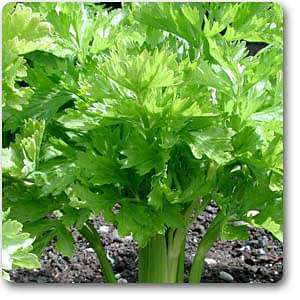
Apium graveolens - Plant
(MRP Inclusive of all taxes)
- Shipping ₹79 for entire order
- Dispatch in 7 days
- Country of origin: India

(MRP Inclusive of all taxes)
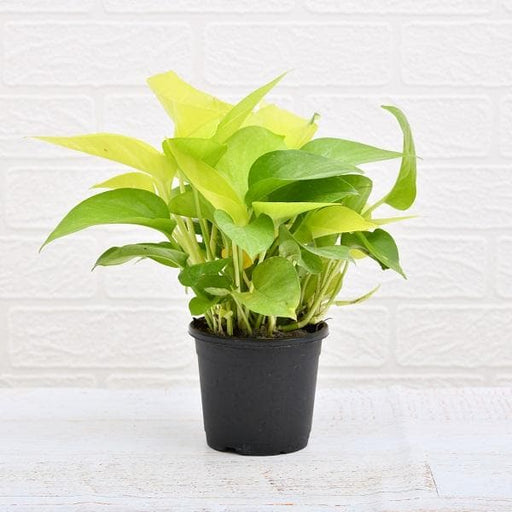 Save 29%
Save 29%
Air Purifier Money Plant with Pot The Air Purifier Money Plant, also known as Pothos or Epipremnum aureum, is a stunning indoor plant that...
View full details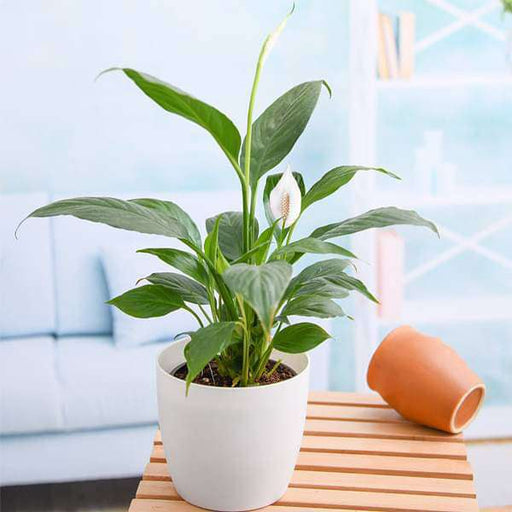
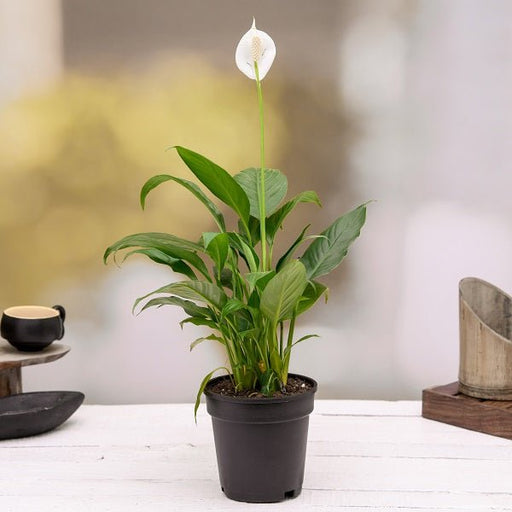 Save up to 15%
Save up to 15%
Peace Lily, Spathiphyllum - Plant The Peace Lily, scientifically known as Spathiphyllum, is a stunning houseplant celebrated for its elegant white...
View full details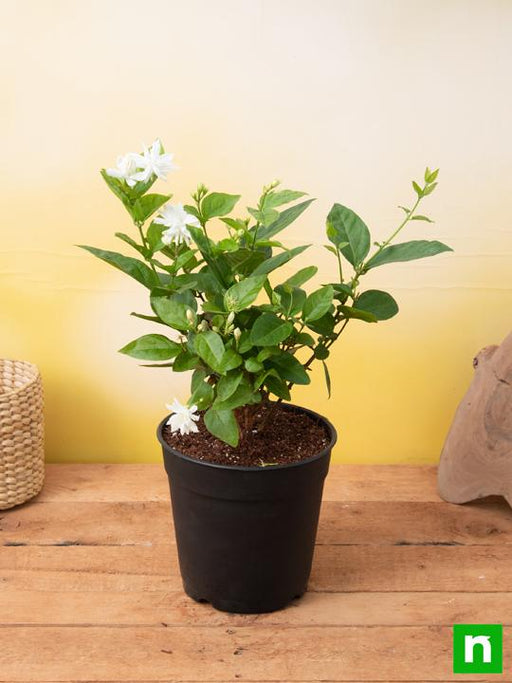
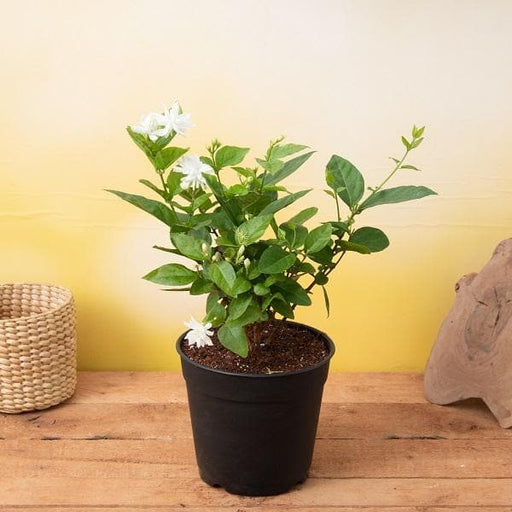 Save 25%
Save 25%
Jasminum sambac, Mogra, Arabian Jasmine - Plant Jasminum sambac, commonly known as Mogra or Arabian Jasmine, is a fragrant flowering plant...
View full details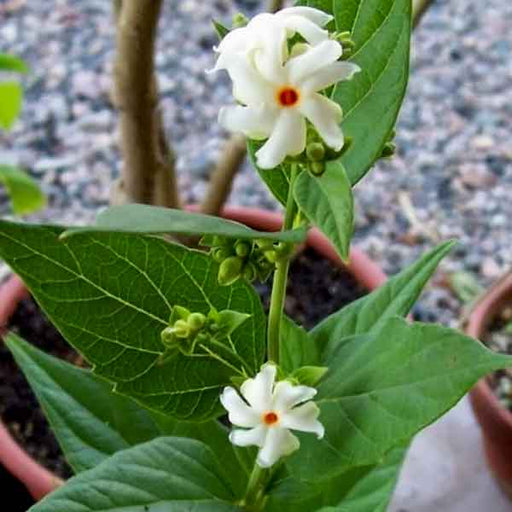
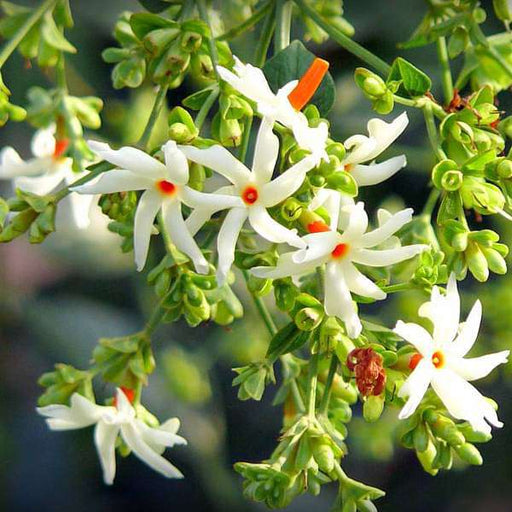 Save 18%
Save 18%
Combo Constituents Includes the Parijat Tree (Night-Flowering Jasmine), a culturally significant plant with fragrant flowers. Description The Pari...
View full details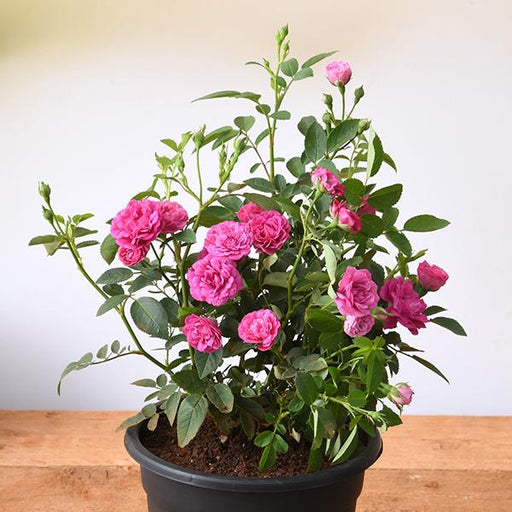
 Save 25%
Save 25%
Miniature Rose, Button Rose (Any Color) - Plant The Miniature Rose, also known as the Button Rose, is a charming and compact flowering plant that ...
View full details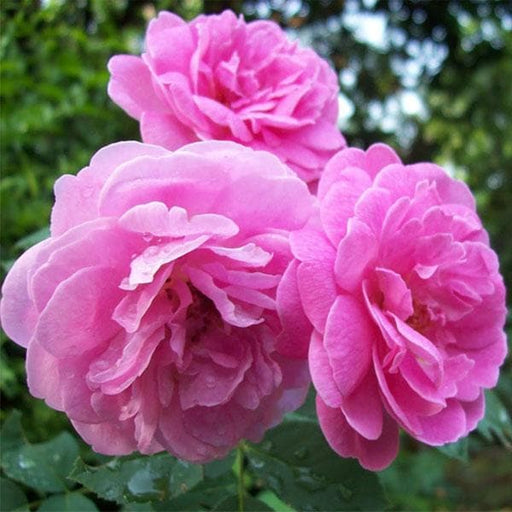 Save 25%
Save 25%
Damascus Rose, Scented Rose (Any Color) - Plant The Damascus Rose, also known as Rosa damascena, is a timeless symbol of beauty and romanc...
View full details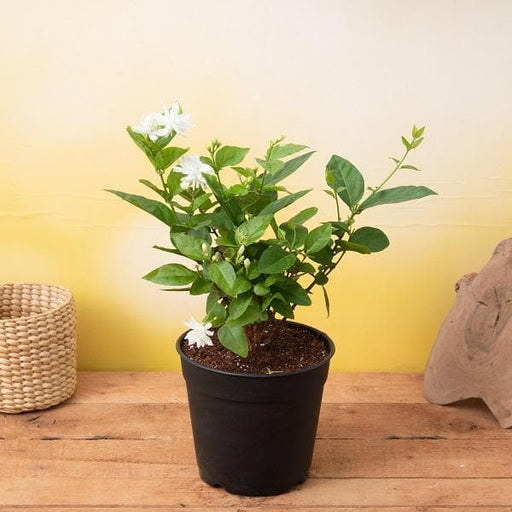
 Save 17%
Save 17%
Beautiful Fragrant Mogra, Arabian Jasmine Plant with Pot The Beautiful Fragrant Mogra, also known as Arabian Jasmine (Jasminum sambac), is...
View full details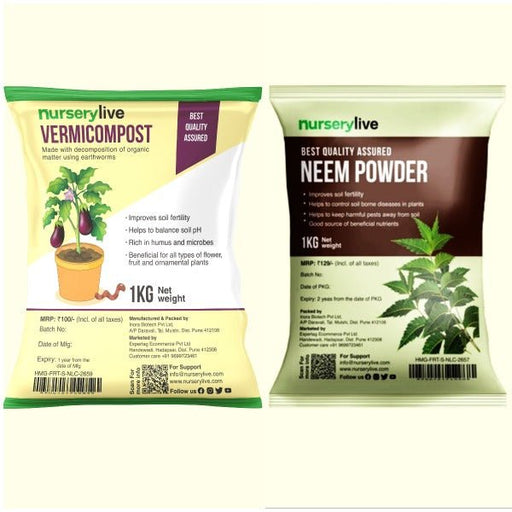 Save 15%
Save 15%
Pack of Vermicompost and Neem Cake for House Plants Transform your indoor garden with our premium Pack of Vermicompost and Neem Cake, spec...
View full details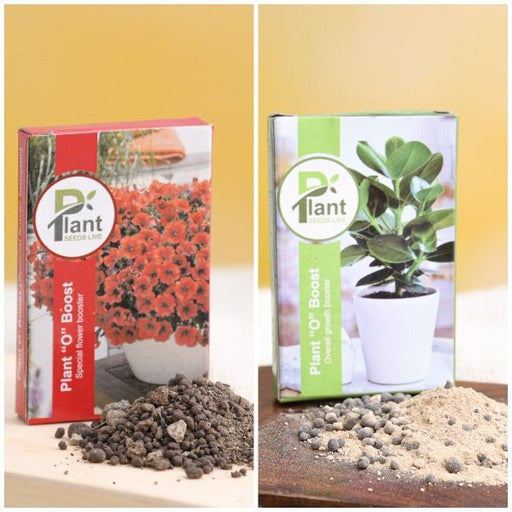
Pack of Plant Growth and Flower Boosters Unlock the full potential of your garden with our Pack of Plant Growth and Flower Boosters! This ...
View full details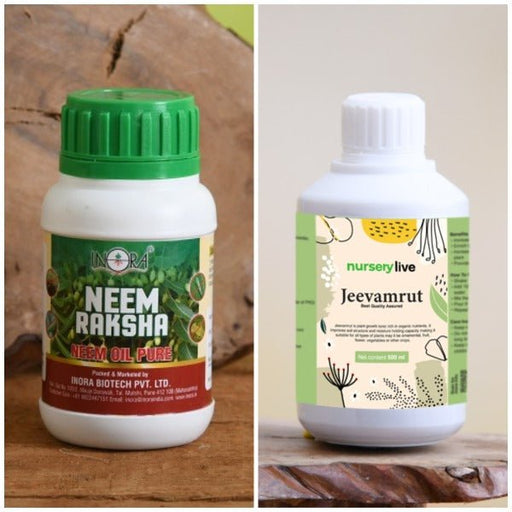 Save 38%
Save 38%
Combo of Jeevamrut and Neem Raksha for Easy Growth and Protection of Houseplants Transform your indoor garden with our exclusive combo of ...
View full details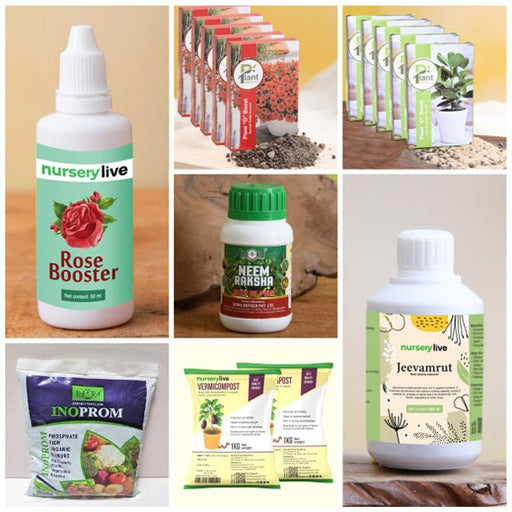 Save 22%
Save 22%
Plant Nutrients Kit (Pack of 16) for a Healthy Garden Transform your garden into a lush paradise with our Plant Nutrients Kit, featuring 1...
View full details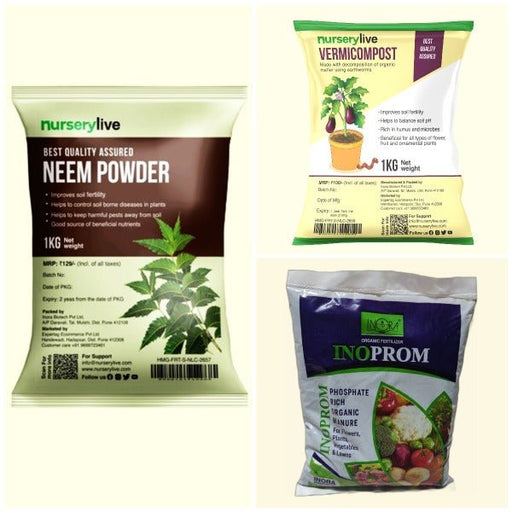 Save 16%
Save 16%
Combo of Top Plant Fertilizers Elevate your gardening game with our exclusive Combo of Top Plant Fertilizers, featuring two bags of premiu...
View full details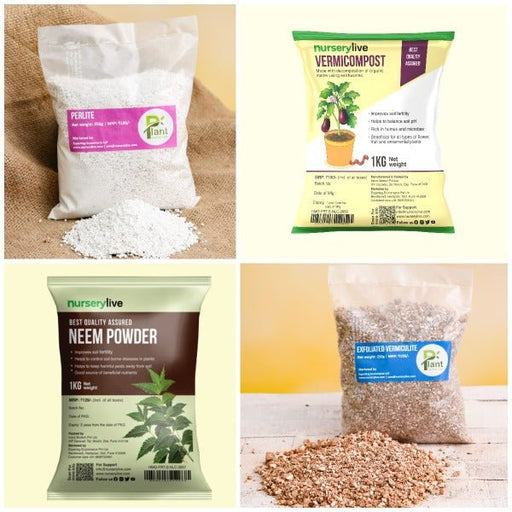 Save 24%
Save 24%
Pack of 4 Additives to Make Soil Healthy and Nutrient Rich Transform your garden into a thriving ecosystem with our Pack of 4 Additives de...
View full details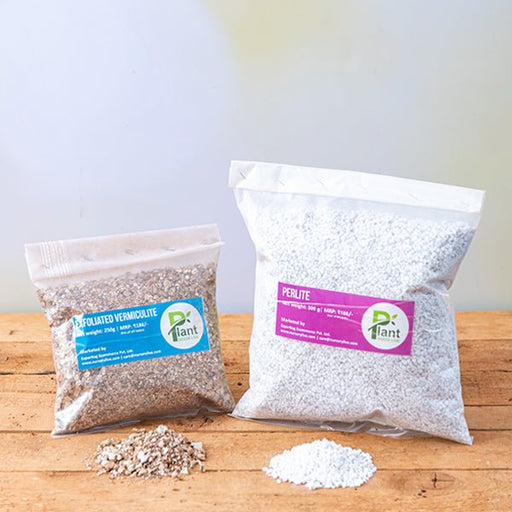 Save 30%
Save 30%
Transform your gardening experience with our premium Combo of Perlite and Vermiculite. This unique blend is designed to enhance soil aeration and ...
View full details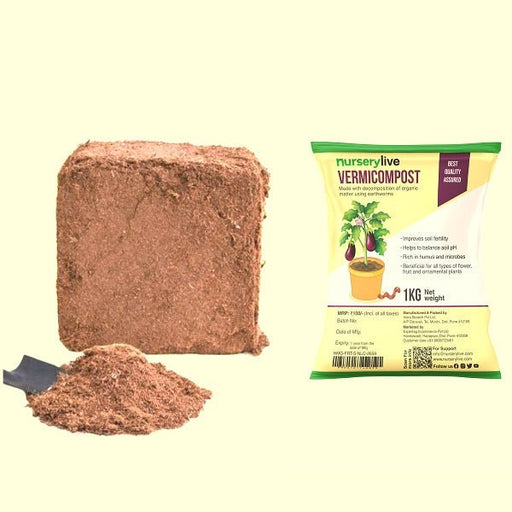 Save 27%
Save 27%
Combo of 2 Vermicompost and Cocopeat - Enrich Your Soil Naturally! Transform your garden into a thriving ecosystem with our Combo of 2 Ver...
View full details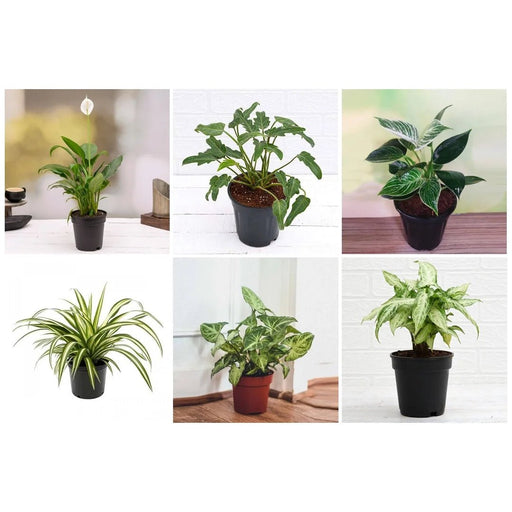
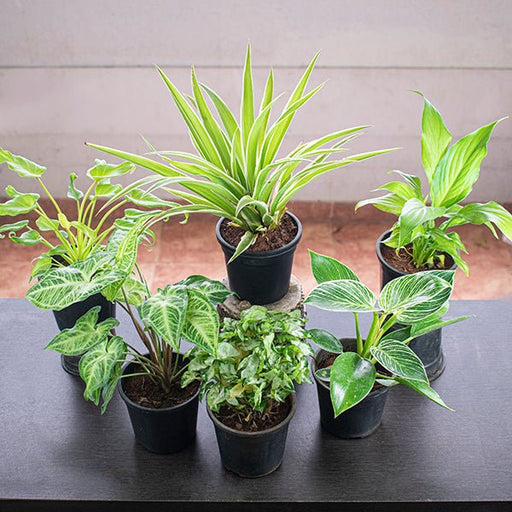 Save 35%
Save 35%
Best 6 Plants for Perfect Indoor Garden Transform your living space into a lush oasis with our curated collection of the Best 6 Plants for a...
View full details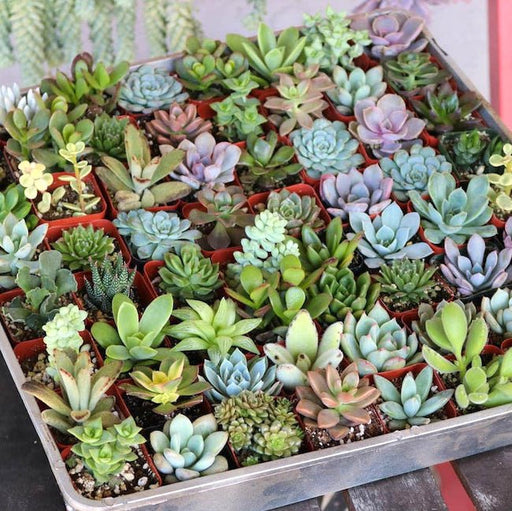
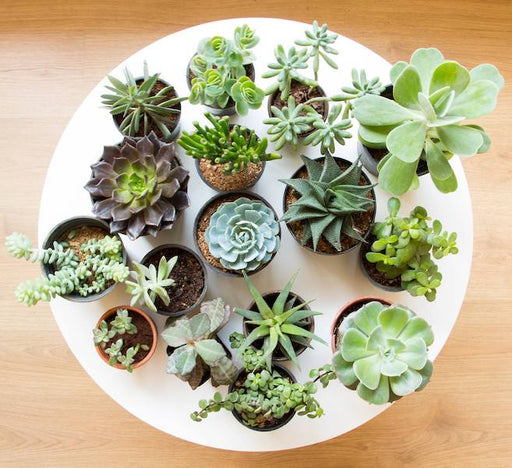 Save up to 50%
Save up to 50%
Mini Succulent Garden Pack Transform your space with our Mini Succulent Garden Pack, featuring a delightful collection of 4 any variety beautiful s...
View full details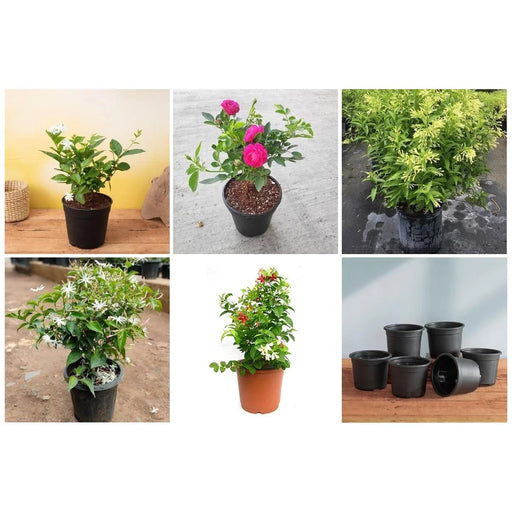
 Save 30%
Save 30%
5 Best Fragrant Plants Transform your garden or indoor space into a fragrant paradise with our curated selection of the 5 Best Fragrant Plants. Th...
View full details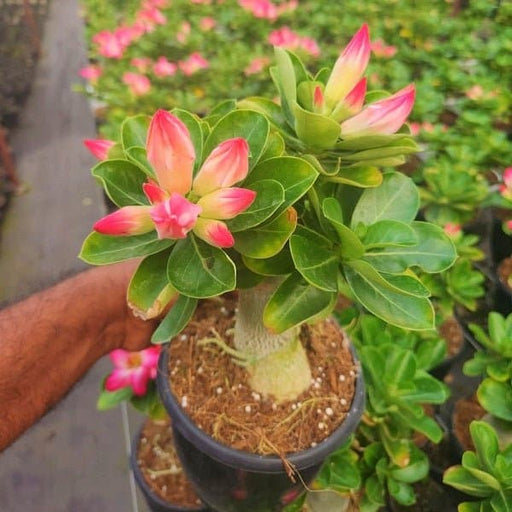
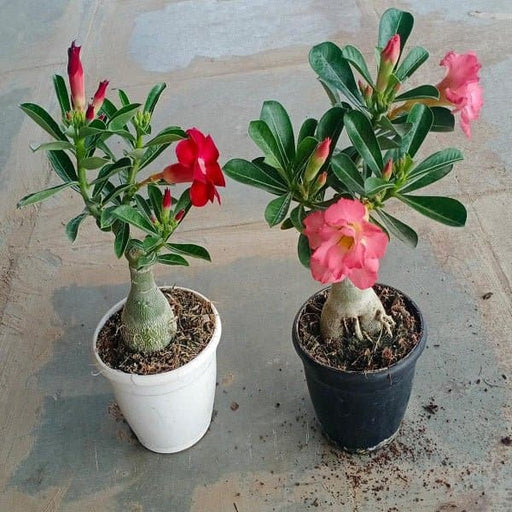 Save 24%
Save 24%
Set of 2 Bonsai Looking Grafted Adeniums Transform your indoor or outdoor space with our exquisite Set of 2 Bonsai Looking Grafted Adenium...
View full details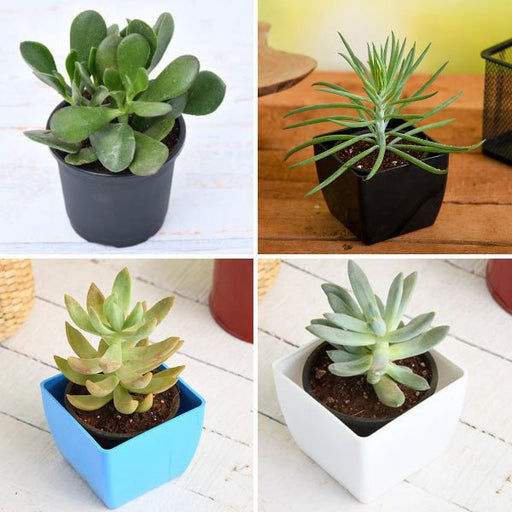 Save 45%
Save 45%
Top 4 Die Hard Succulents Pack Transform your indoor or outdoor space with our Top 4 Die Hard Succulents Pack, featuring a curated selecti...
View full details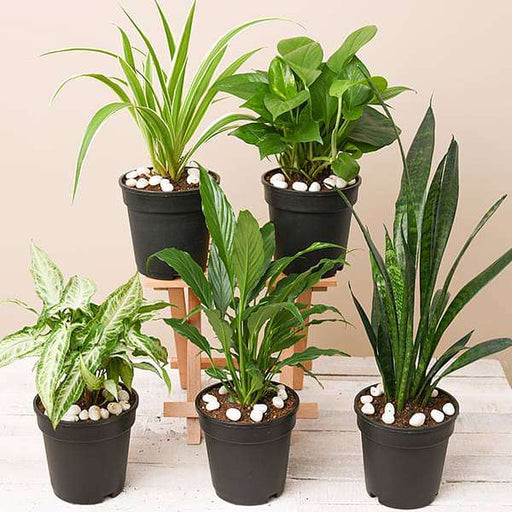
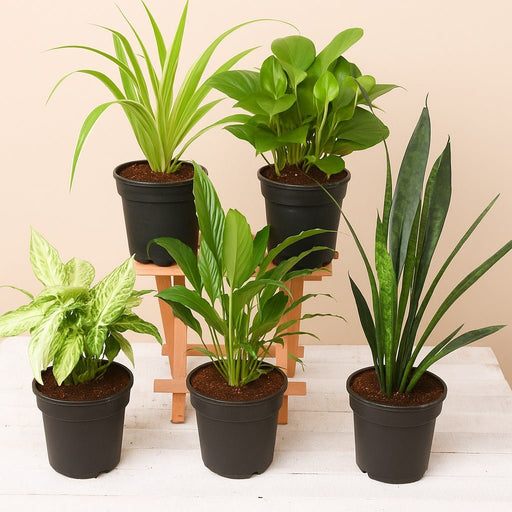 Save 30%
Save 30%
5 Best Indoor Plants Pack Transform your living space into a lush oasis with our '5 Best Indoor Plants Pack.' This carefully curated collection fe...
View full details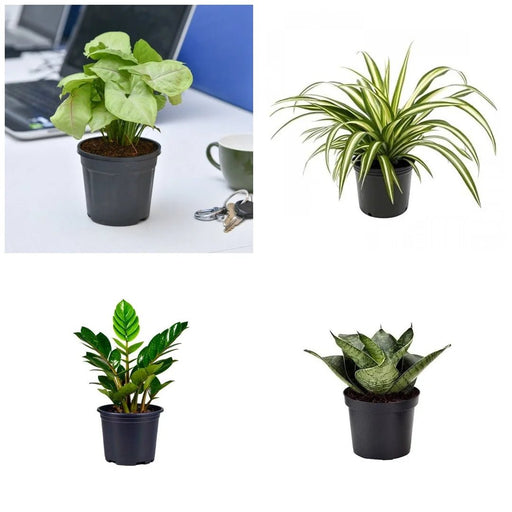
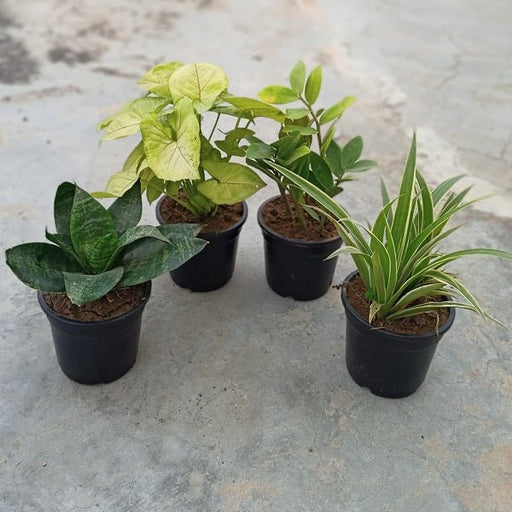 Save 25%
Save 25%
Set of 4 Evergreen Air Purifier Plant Pack Transform your indoor space into a lush, green oasis with our Set of 4 Evergreen Air Purifier Pla...
View full details| SrNo | Item Name |
|---|---|
| 1 | Apium graveolens - Plant |
Apium graveolens, commonly known as celery, is a versatile and nutritious plant belonging to the Apiaceae family. This biennial herb is cultivated primarily for its crisp stalks and aromatic leaves, making it a staple in kitchens worldwide. Rich in vitamins A, C, and K, as well as essential minerals, celery is not only a delicious addition to salads and soups but also a powerhouse of health benefits.
What makes Apium graveolens special is its unique flavor profile and high water content, which makes it an excellent hydrating snack. Celery has been used for centuries in traditional medicine for its anti-inflammatory and antioxidant properties. Its low-calorie count and high fiber content make it a favorite among health enthusiasts and dieticians alike.
One of the standout features of celery is its ability to thrive in various climates, making it a resilient choice for gardeners. Additionally, celery plants can be grown in containers, making them perfect for urban gardening. With its striking green stalks and feathery leaves, Apium graveolens adds aesthetic value to any garden or kitchen.
Growing Apium graveolens can have a positive environmental impact by promoting biodiversity in gardens and supporting pollinators. Additionally, its cultivation can help improve soil health through crop rotation practices. Celery is also a low-impact crop, requiring less water compared to other vegetables, making it a sustainable choice for eco-conscious gardeners.
If you think celery is just a crunchy snack for your dip, think again! Apium graveolens, or celery, is a powerhouse of nutrients. Packed with vitamins A, C, and K, it’s like a green superhero for your health. It’s known to help with hydration, digestion, and even weight loss. Plus, it’s low in calories, so you can munch away guilt-free. Who knew that a stalk could do so much?
Want to grow your own celery? It’s not as hard as you might think! Apium graveolens thrives in cool weather and loves rich, moist soil. Think of it as the diva of the garden—she needs her space and a bit of pampering. With the right conditions, you’ll have a bountiful harvest that’ll make your salads sing.
Celery isn’t just a salad filler; it’s a culinary chameleon! From soups to stir-fries, Apium graveolens adds a delightful crunch and flavor. It’s the unsung hero of mirepoix, the base of many delicious dishes. Plus, it’s a fantastic garnish for cocktails—because who doesn’t want a fancy drink with a celery stick?
Let’s talk numbers! Apium graveolens is low in calories but high in fiber, making it a dieter’s dream. With a healthy dose of antioxidants and essential vitamins, it’s like a multivitamin in vegetable form. Eating celery can help lower blood pressure and cholesterol levels, so you can feel good about snacking.
Who knew that Apium graveolens could double as a pest repellent? This plant has a natural ability to deter certain pests, making it a great companion plant in your garden. It’s like having a bodyguard for your veggies, keeping the bad guys at bay while you enjoy the good stuff.
Apium graveolens isn’t just a pretty face in the garden; it has medicinal properties too! Traditionally, it’s been used to treat inflammation and digestive issues. So, if you’re feeling under the weather, a warm celery soup might just be the remedy you need.
Did you know there’s more than one type of Apium graveolens? From the classic green stalks to the vibrant red varieties, there’s a celery for every palate. Each type brings its own unique flavor and texture to the table, making your culinary adventures even more exciting.
Harvesting Apium graveolens is like a game of patience and timing. Wait until the stalks are thick and crisp, then twist them off at the base. Don’t be shy—grab a few at a time! Just remember, the more you harvest, the more it grows. It’s a win-win situation!
Want to keep your celery fresh and crunchy? Store Apium graveolens in the fridge, wrapped in a damp paper towel. It’s like giving your celery a spa day! This little trick will keep it crisp for weeks, so you can enjoy that crunch whenever the craving strikes.
Apium graveolens loves company! When planted alongside carrots and tomatoes, it can enhance their growth and flavor. It’s like a garden party where everyone benefits. So, if you want a thriving garden, invite celery to the mix!
Apium graveolens has made its mark in various cultures, from ancient Egypt to modern cuisine. It’s been celebrated for its flavor and health benefits for centuries. So, next time you munch on a stalk, remember you’re part of a long, crunchy tradition!
Apium graveolens, commonly known as celery, is a crunchy, green vegetable that’s more than just a salad filler. It’s a member of the Apiaceae family, boasting a refreshing taste and a high water content. Perfect for snacking or adding a crisp texture to dishes, it’s the veggie that keeps on giving—just don’t expect it to sing!
Growing Apium graveolens is like hosting a party for plants! Start with seeds in well-drained soil, keep them moist, and give them plenty of sunlight. They love a good drink, so don’t let them dry out. In about 3-4 months, you’ll have a crunchy harvest that’ll make your salads sing—just don’t forget the dressing!
Apium graveolens is a health superstar! Low in calories and high in fiber, it’s like the gym buddy you never knew you needed. Packed with vitamins A, C, and K, it helps with hydration and digestion. Plus, it’s a natural diuretic—perfect for those who want to flush out toxins while munching on something crunchy!
Absolutely! Eating Apium graveolens raw is like enjoying nature’s crunchy candy. Slice it up for salads, dip it in hummus, or just munch on it straight from the fridge. It’s a guilt-free snack that adds a refreshing crunch to your day. Just remember, it’s not a substitute for dessert—unless you’re feeling adventurous!
Storing Apium graveolens is a breeze! Keep it in the fridge, wrapped in a damp paper towel, and placed in a plastic bag. This keeps it crisp and fresh, ready for your next culinary adventure. Just don’t let it hang out too long—like all good things, it has a shelf life, and nobody likes a wilted celery!
Apium graveolens isn’t immune to pests, but it can handle a few uninvited guests. Watch out for aphids, slugs, and spider mites—they’re the party crashers of the garden. A little neem oil or insecticidal soap can help send them packing. Remember, a healthy plant is a happy plant, so keep an eye out for those pesky intruders!
Patience is key when growing Apium graveolens! Typically, it takes about 3-4 months from seed to harvest. It’s like waiting for a fine wine to age—worth every moment! Just keep it watered and well-fed, and soon you’ll be enjoying the fruits of your labor, or should we say, the stalks of your labor!
Yes, you can grow Apium graveolens indoors! Just give it a sunny spot and a pot with good drainage. It’s like having a mini garden party right in your kitchen. With the right care, you’ll have fresh celery at your fingertips, ready to jazz up your meals. Just don’t forget to give it a little love!
Apium graveolens thrives in rich, loamy soil that drains well but retains moisture—think of it as the Goldilocks of soils, not too dry, not too soggy. A pH of 6.0 to 7.0 is ideal. Mix in some compost for extra nutrients, and you’ll have a happy celery plant that’s ready to strut its stuff!
Oh, absolutely! Apium graveolens is a culinary chameleon. It can be sautéed, roasted, or added to soups and stews for that extra crunch. It’s the secret ingredient that elevates your dishes from “meh” to “wow!” Just remember, it’s not just a garnish; it’s a flavor powerhouse waiting to shine in your kitchen!
Yes, Apium graveolens is a weight loss ally! Low in calories and high in fiber, it fills you up without filling you out. It’s like the friend who encourages you to make healthy choices while still having fun. Snack on it raw or toss it in salads, and watch those pounds melt away—one crunchy bite at a time!
Harvesting Apium graveolens is like waiting for the perfect moment in a rom-com. Look for stalks that are firm and at least 8 inches tall. Gently pull or cut them at the base, and voilà! You’ve got fresh celery ready for your next culinary masterpiece. Just remember, the longer you wait, the more flavor they develop!